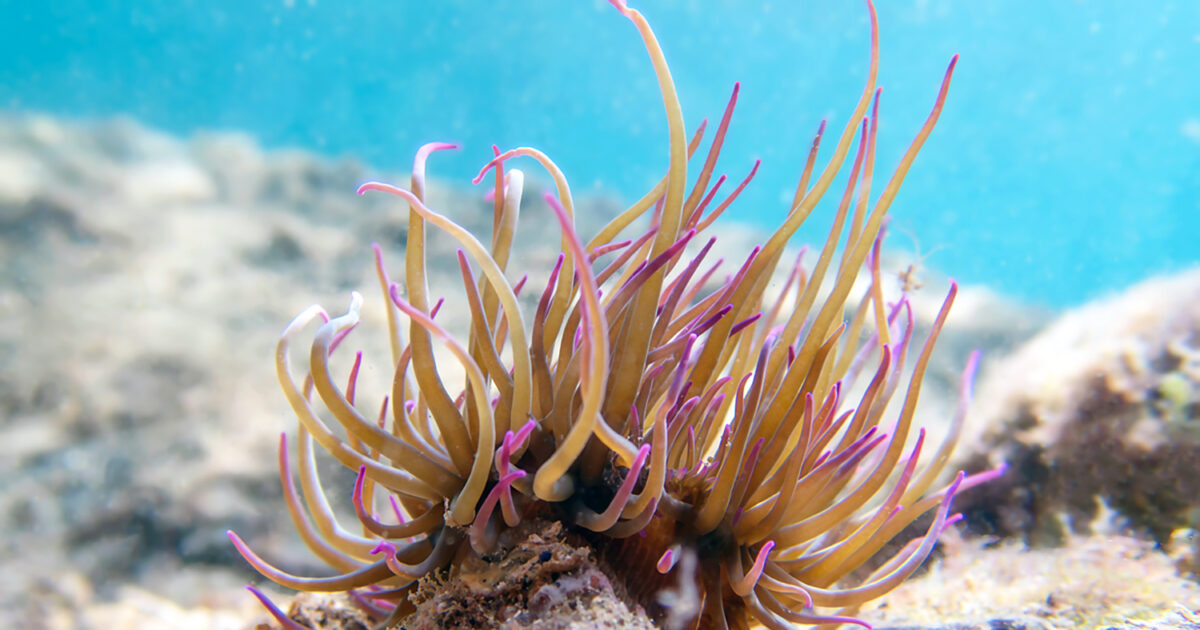Particularly increased in the last few days the stings of bites from anemones on beaches in Greece.
The term marine anemone refers to various orthodontic polyps of the sea, their shape resembles a flower, hence the name anemone.
Anemones live near the shores. Few species live in deeper waters and very little in open waters. Most live nuns and very few colonies. As a rule, anemones live on rocks.
Some species live in the sand or mud, others stick to shells of various shellfish, while others live parasitic on jellyfish.
As summer It is at its peak and the beaches are filled, it is important to know what the anemones are, where we find them, how to guard and what to do in the event of a sting.
Where do we meet them
Anemones They are usually found in rocky seabed, in shallow waters, near ports, in areas with algae or shady recesses. Because they are intense – usually green or purple – they may look innocent or decorative, but we should not touch them. Even their seemingly gentle surface can cause irritation or pain.
How to protect yourself
The basic prevention is to avoid direct contact with the seabed, especially in areas with rocks or intense marine vegetation. If you use a mask and respiratory, avoid resting with your hands or feet on the bottom. Marine anemones do not attack – but they “pinch” when we touch them. If you have children, explain to them that they should not touch colorful “flowers” of the sea, no matter how tempting they look.
How does the sting look like
The bite of anemone marine It is usually not dangerous to the body, but it can be very annoying. Usually causes:
- Intense burning or stinging at the point
- Redness, swelling or rash
- Itching that can take hours
- Rarely, dizziness or difficulty breathing in people with allergic predisposition
What to do in case of stinging
Do not rub the point. This can release more toxins.
Rinse with sea water – Not fresh water, because sweet can break the cells and aggravate the condition.
Remove any tentacle residues with tweezers or credit card, wearing gloves if possible.
Use hot water (not hot) to soak the point – heat helps to eliminate the toxin.
Apply antihistamine or cortisone cream for relief.
Seek medical help If severe symptoms occur, such as shortness of breath, tachypnea or a large area of irritation.
